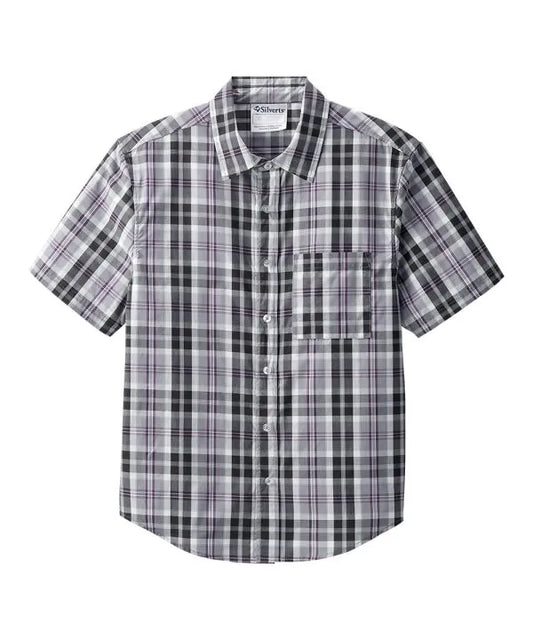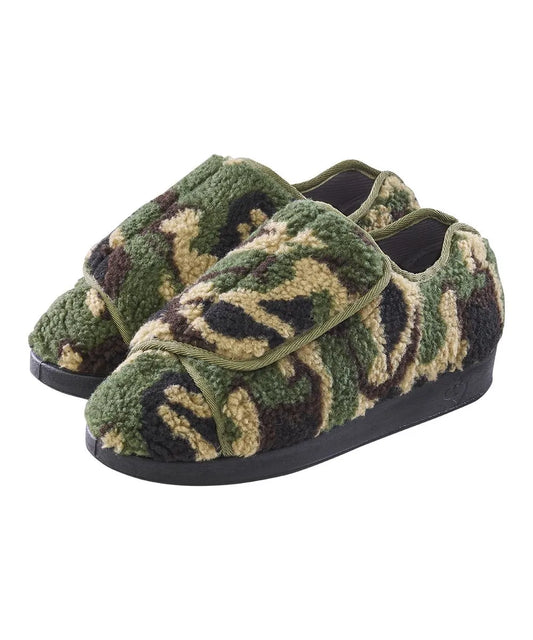Written By: Kate Cruess
Clothing should never add to someone’s pain, but for people living with chronic pain, tight seams and waistbands, and rough fabrics can turn daily dressing into an added struggle. Non-restrictive fashion blends comfort with confidence, offering a solution to this struggle. Loose and breathable pieces make movement easier, and help people feel more comfortable in their daily lives. Brands of adaptive clothing today are proving that soft clothing, stretch fabrics and specific tailoring can still look stylish, but prevent pain when dressing. The topics discussed in this blog include the effects of tight clothing on chronic pain, the best fabrics and cuts for comfort, adaptive features that reduce pressure points, how to style loose clothing and where to buy fashionable non-restrictive wear.
How Tight Clothing Affects Chronic Pain Conditions
Tight clothing can increase the pain experienced by people with chronic pain by placing extra pressure on muscles, nerves and joints. It can increase inflammation, cause heightened sensitivity and restrict circulation. Waistbands can dig in, uncomfortable fabrics can cause added pain, and seams in the wrong place can put pressure on sore areas. Tight clothing with chronic pain can also cause psychological discomfort, not only physical. Tightness throughout your day can lead to irritation and make it extremely hard to relax. Clothing should move with your body, not against it. Loose fitting clothing with soft, elasticized designs help to prevent pain that can be caused by tight clothing by distributing pressure evenly across the body. Fabrics that stretch can reduce pressure and also help with temperature regulation. Adaptive fashion brands like June Adaptive feature pieces that combine flexibility with easy dressing, such as their Women’s Soft Knit Pants with Easy Touch Closures.

These pants are made of soft fabric and are stretchy with an elastic waistband which all make them fit comfortably and great for people with chronic pain. Pain-friendly fashion is all about ensuring the body is comfortable, while maintaining personal style. Clothing should support your well-being and give you the opportunity to embrace yourself.
Best Flowing Fabrics And Cuts For Comfort
Fabric choice makes all the difference when dressing with chronic pain. Fabrics made of natural fibers like cotton, linen, merino wool and bamboo are soft, have high breathability and prevent irritation, which all make for very comfortable clothing (Top 8 Breathable Fabrics: Keep You Cool and Comfortable 2025, 2025). Clothing made of synthetic and blended fibers are durable and can be made of breathable and flexible materials (Top 8 Breathable Fabrics: Keep You Cool and Comfortable 2025, 2025).
Flowing cuts like V-necks, wide-leg pants and relaxed fit clothing allow for more range of motion while still flattering the body. Elastic waistbands allow bottoms to be adjusted for comfort throughout the day and accommodate swelling and inflammation which is common for chronic pain related conditions. The Women’s Pull-On Skirt from June Adaptive contains an elastic waistband and is made of soft polyester and spandex that allows for breathability and comfort throughout the day.

Pairing these fabrics and cuts together creates clothing and outfits that can feel comfortable but still be stylish. Comfort and confidence should be able to exist together, and adaptive clothing ensures this is possible.
Adaptive Features That Reduce Pressure Points
Adaptive features can make a huge difference in reducing pressure points and pain. Living with chronic pain can cause the smallest design details in your clothing to cause pain and ruin your day. Things like tight seams, bulky buttons or tags in the wrong spots can cause irritation and pressure. Adaptive clothing focuses on creating clothes that are comfortable for you.
The best adaptive features make dressing easier without being obvious. One of the most effective ways to reduce pain is to reduce pressure points. These spots are where fabric or seams press against nerves, muscles or joints. Flat or seamless stitching can prevent irritation and tagless labels can eliminate friction that can irritate sensitive skin. Wide elastic waistbands make sure to distribute pressure evenly as opposed to waistbands that can dig into your skin. These are ideal for people with lower back, abdomen or hip pain.
Easy closure like velcro, magnetic closures or zippers can make dressing easier, faster and less painful. Features like grip loops or front-opening designs can increase independence and allow you to get dressed without help. Front openings remove the need to twist and put pressure on your body in uncomfortable ways. Grip looks help with weak hand strength. On top of this, these elements help to reduce skin irritation, flare ups and pain.
Even fabric choice can contribute to pain management. Soft, lightweight and breathable materials help to regulate temperature and reduce the discomfort that can be caused by heat. Fabrics with natural stretch move with the body and don't constrict and cause discomfort when shifting and moving.
Adaptive fashion is about creating clothing that works with your body, and allows comfort at the same time as style. The smallest details can make the biggest difference in this. They all serve a purpose and transform your clothing into ways for you to move more comfortably and confidently.
Styling Loose Clothing For A Polished Look
Loose, non-restrictive clothing is typically known for being casual but with the right styling, it can look put-together and stylish! Balance, proportion and texture play important roles in this. When wearing wide-leg or flowy bottoms, pairing them with a slightly tighter top gives shape and structure to your outfit. The other way around is true as well. When wearing oversized tops, balancing it with tighter fitted or straighter legged bottoms keeps the outfit looking polished and more formal.
Accessories like belts or jewelry elevate the look of the outfit without adding more bulk. Layering can be another tool that increases style such as a more formal jacket over a more casual outfit. Fabrics can also matter when styling outfits.
Choosing high-quality materials that are smooth and soft can allow the clothing to move naturally with your body and enhance the graceful flow instead of looking baggy. Combining specific colours can improve the look of an outfit as well.
Lastly, the best looks come from how you feel. If you feel good and comfortable in your clothing, you are more able to move with ease and feel confidence in yourself. When you aren’t distracted by pain or discomfort, your natural confidence shows and that is the best way to enhance your style.
Where To Buy Fashionable Non-Restrictive Wear
Adaptive fashion was once hard to find, but brands like June Adaptive are changing this. They focus on merging comfort and accessibility with stylish, trendy clothing. Their clothing focuses on combining ease of wear, soft fabrics and thoughtfully designed clothing with current stylish clothing. They remind us that we don’t need to compromise style to fit your body’s needs.
One example from their collection is the Men’s Fleece Self Dressing Pull On Pant.

These are fashionable, typical looking sweatpants made in 3 different colours, but they are made of soft materials and have an elastic waistband. The soft material makes these pants comfortable for everyday wear, while the elastic waistband accommodates waist fluctuations. They also have side “easy-grip” loops to pull on while seated without having to struggle. They are also wide enough and made of stretchy materials to prevent restriction and pain during the day which makes them great for people with chronic pain.
Beyond specific pieces, June Adaptive allows you to create full outfits made of non-restrictive clothing, including tops, bottoms, dresses, and more. They all prioritize movement, comfort and accessibility. They are made of soft, breathable and stretchy fabrics, as well as contain designs like flat seams, tagless labels and accessible closures.
Shopping with June Adaptive ensures you can dress comfortably and confidently. You can shop for everyday basics, or more formal pieces, and non-restrictive fashion doesn’t make you give up personal style. Your body should be able to move freely, free from pain and you should feel good in everything you wear. When seeking non-restrictive clothing for chronic pain that blends function and fashion, June Adaptive is the way to go.
Final Thoughts
Non-restrictive fashion isn’t just about comfort. It’s about ensuring you have ease and confidence in your daily life. For people living with chronic pain, finding the right clothing can reduce pain, boost mood and make getting dressed less painful and a more positive experience. Brands like June Adaptive make well-designed pieces that serve both function and style. From soft fabrics and elastic waistbands to flat seams and easy closures, every small detail can make a huge difference in someone’s life. Loose clothing shows that clothes don’t need to be tight or structured to be stylish. Clothing should move with the body, not against it, and it should be a way to honour what the body needs while still expressing yourself and your style.
References
Top 8 Breathable Fabrics: Keep You Cool and Comfortable 2025. (2025, January 10). LeelineWork. https://www.leelinework.com/breathable-fabrics/#natural-fibers















